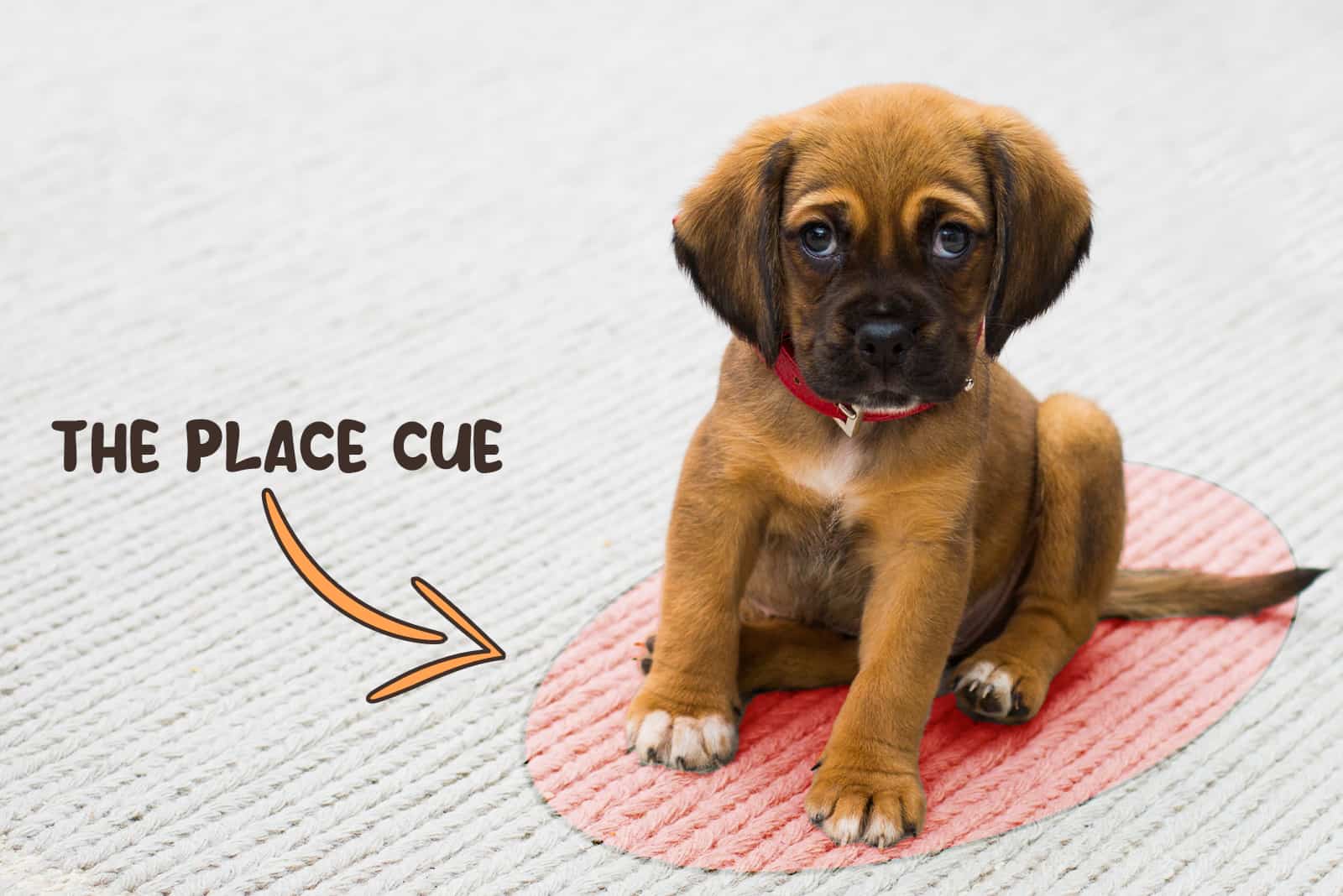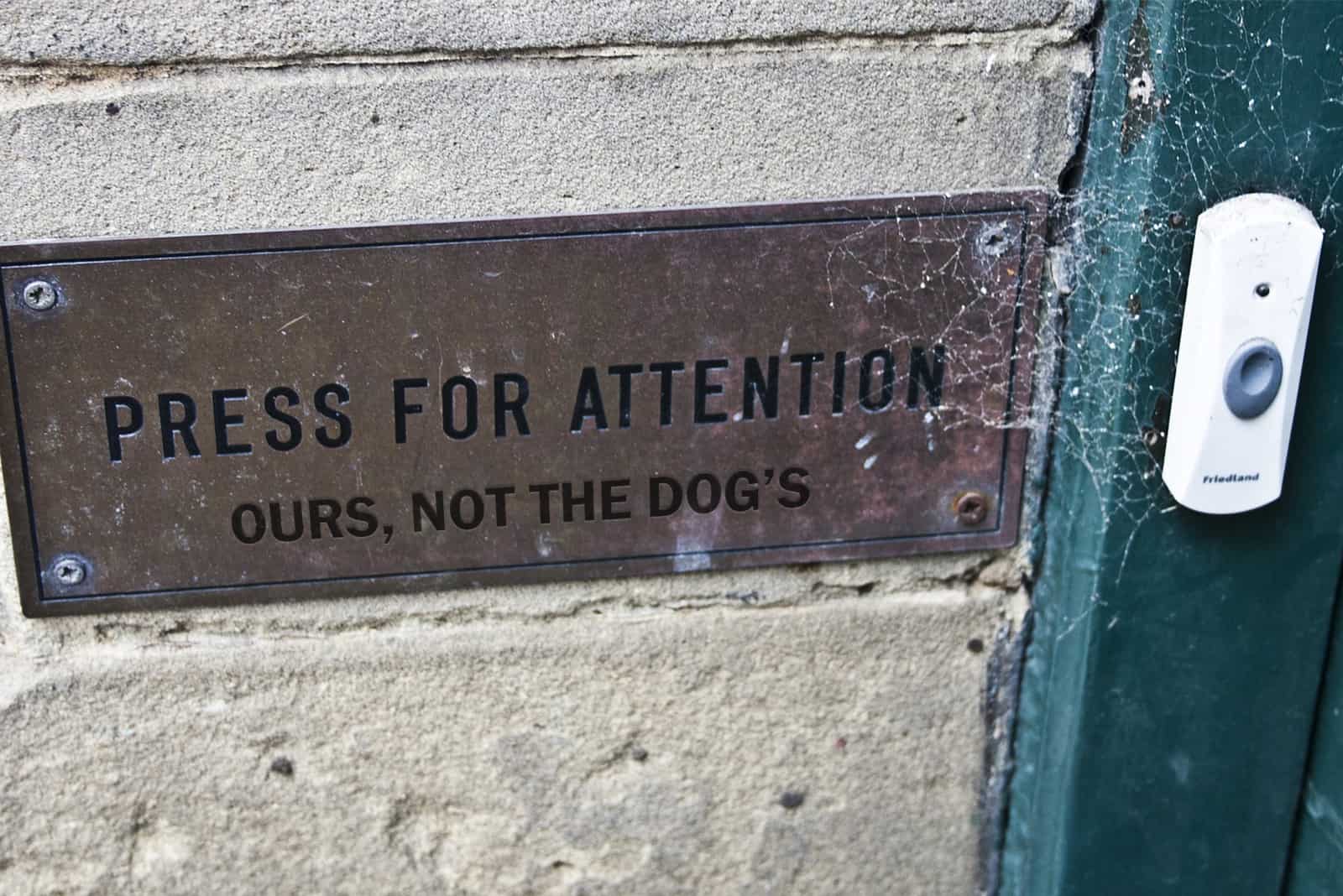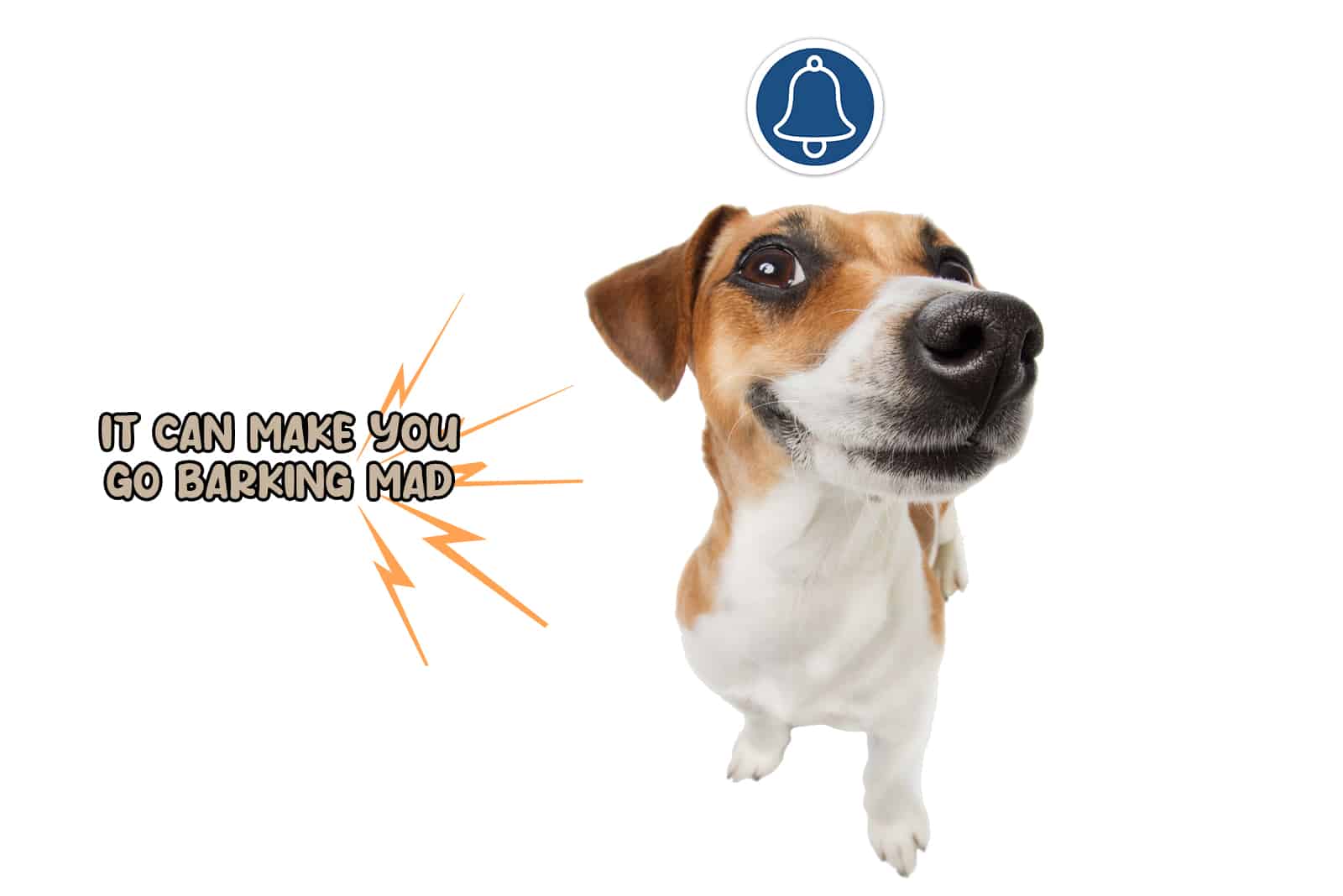Ding-dong! Woof, woof! Is that scenario all too familiar? I know you probably stopped trying to fix this annoying behavior. I certainly did. That was until stumbling upon this one tip from a certified dog trainer.
Her name is April Schrader, and I can’t thank her enough for pointing me in the right direction. This simple training exercise is extremely effective, but it has to be done the correct way to become the new normal for you and your dog.
April’s credentials are there to back up her expertise. She has a Certified Professional Dog Trainer-Knowledge Assessed certification, which makes it easier to trust the given advice. So what do you actually need to do?
A Game Of Association
It sounds simple enough to be doable for every dog and their owner to perfect. The goal is to teach your dog to associate the doorbell ringing with calmness and a spot where it will await the guests’ entrance.
To do this, you will need to tool up with some serious patience and persistence. It’s a two-step process that will potentially hit all your nerves and require assistance from a family member or diligent friend.
1. Place Cue

Getting your dog to connect the dots here can take a while. More stubborn dogs will take longer to realize what the catch is. You will need to decide where the spot you want them to go to when the doorbell rings is.
The usual approach is to make it a fair distance away from the door. Another room or the end of the hallway (if you have one) is a good starting point. Whenever you say “place” you should lead your dog to the designated spot.
Once the dog understands “place” as a spot where rewards are given, you will see a massive improvement. Make sure that the chain of events is always the same. Don’t move the spot around, and don’t switch the trigger word once it’s used to it.
You can use any word you’d like, but “place” is short and easy to understand for dogs. Another one is “calm”. I used that one with my Malinois with great success.
2. The Doorbell Replaces The Word

You will feel accomplished once your dog obeys the “place” command, even without the promise of treats. For this trick to work, you will need to ditch the word for another sound – the doorbell.
Have someone who doesn’t mind longer dog training sessions ring the doorbell while you and your dog wait inside. April explained for PetsRadar.com that you should give out the command “place” once you see the unwanted reaction.
Do the usual ritual as if the bell wasn’t even ringing. It is important to be quick so that your canine companion can understand which behavior you are rewarding.
It can take days, weeks, or sometimes months for your dog to finally accept the fact that doorbells mean calmness and relaxation. Once you don’t have to use the word for your dog to go to its resting spot, you can consider this process a success.
If Things Don’t Go According To Plan…

I’ve learned that failure is a common occurrence in dog training. God knows I’ve had things not go the way I imagined. This trick was all about being consistent. After a while, though, I started understanding how annoying the doorbell really is. My dog wasn’t completely wrong.
Getting this sorted allows you to be stress-free once the guests start pouring in. A calm dog that simply observes everyone who walks in is a delight. Everyone will commend you for doing a splendid job training it well. Nothing’s more sweet than a tiny ego-boost in front of guests.
Not seeing progress hurts when you are giving it your all, but your dog simply doesn’t find it worth its while. As a dog owner, I felt ashamed to seek a professional’s help. Dog trainers and behaviorists can show you a better way to achieve your goals, so don’t avoid hiring one.
Although I managed to get this one on my own, the Malinois I love and adore was absolutely dreading entering the car. A few sessions with a professional, certified trainer, like April, made me see the mistakes I made.
Once we identified what was wrong with my approach, getting him into the car was easy-peasy. Now I’m thinking of teaching him how to drive himself to the nearest ranch with sheep.
